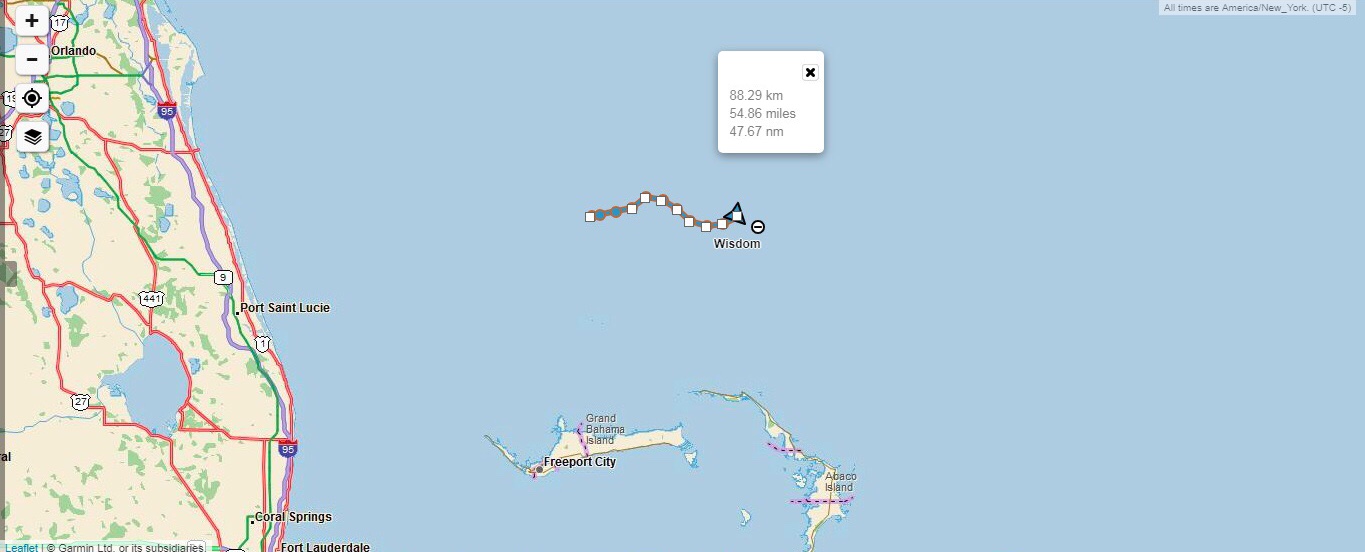Looking further out, the 1020 line seems to be stationary! It is hanging out at the longitude of the BVI! We are a bit concerned because this is mid June, and hurricane season will be starting soon. Heading towards the Virgin Islands right before hurricane season is a risky move, but the winds are being weird and not following the normal routine, so this is what we do as we wait for the weather to improve.
Why are we doing this again? Why didn’t we wait in port for better weather?
We were asking ourselves this same question. Back in the Exumas, when we picked him up, we were waiting for better weather; then the weather started to improve so I gave him a ballpark estimate.
At that time (early June) I told him, that we are still waiting for the Azores High to form and mature. This usually happens in early May, but it hasn’t formed yet, so we are just waiting. Around June 6th, it looked like it would be formed and stable soon, as it had begun its development. I gave him a ball park schedule of: We leave Staniel Cay on June 8th, arrive in Florida on June 10th, and have two days to provision, leaving Florida on June 12th.
Well, we left Staniel Cay on June 8th, but we didn’t arrive in Florida until the afternoon of the 11th. WE WERE BEHIND SCHEDULE!! To appease him, we left on the 14th instead of waiting for the weather to actually be better.
So out here we drift, as we slowly make our way towards an imaginary line in the ocean that should have wind and carry us safely to our destination!
















